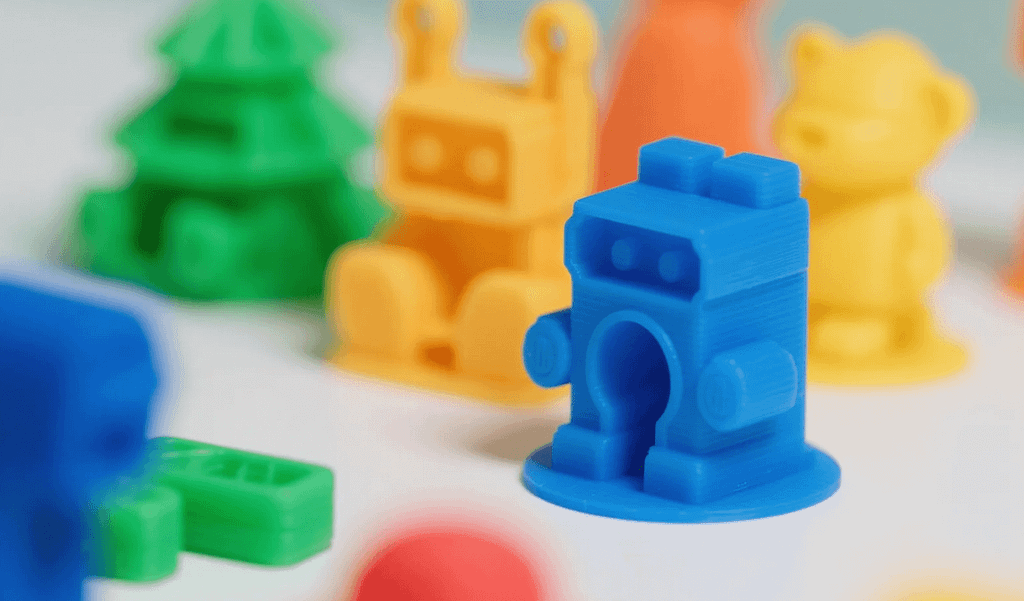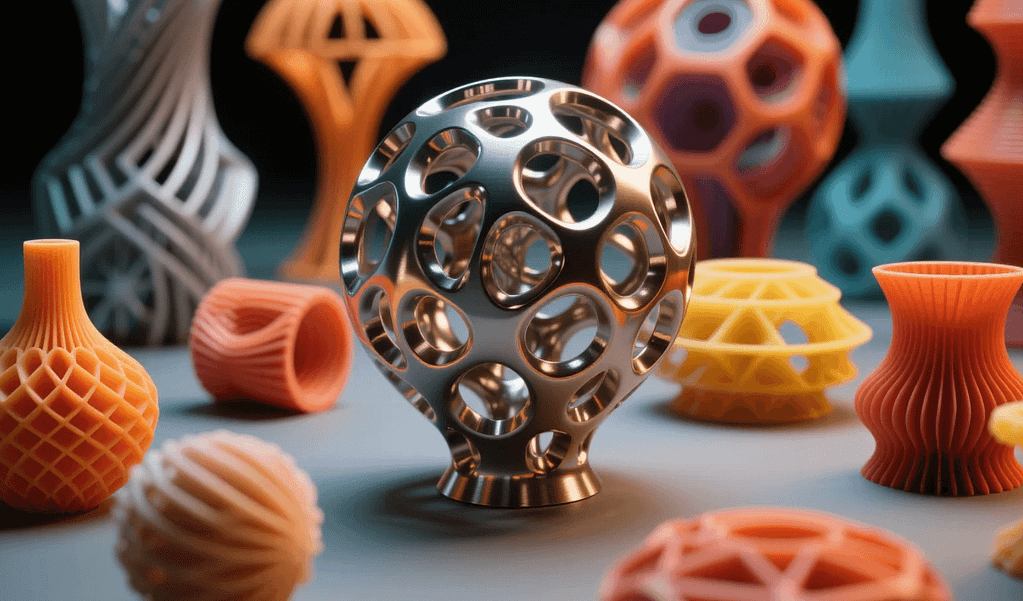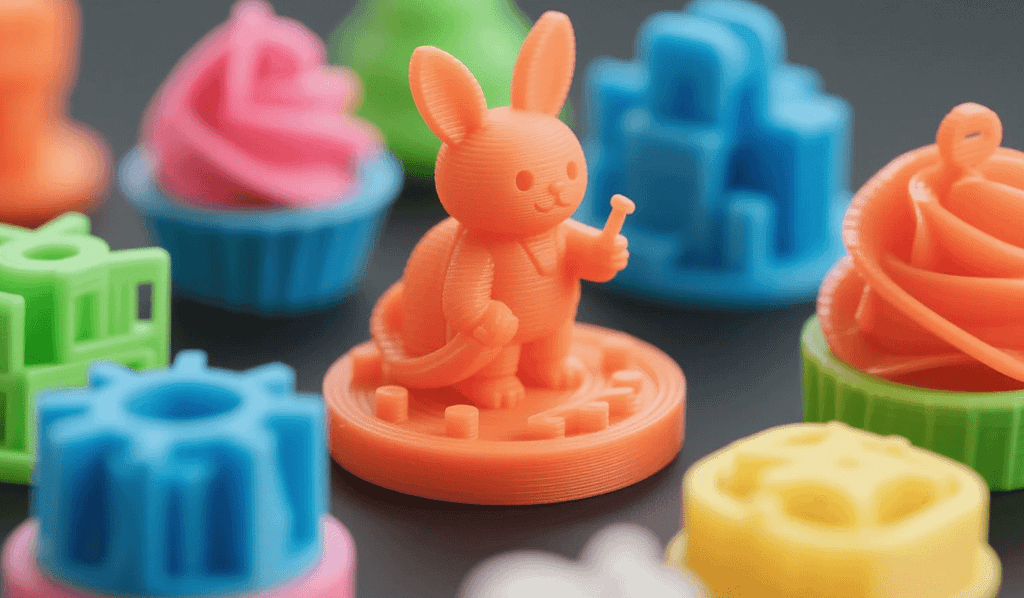The Transformative Role of 3D Print Ideas in High-Precision Engineering
In the rapidly evolving landscape of contemporary manufacturing, the term 3d print ideas transcends mere novelty; it signifies a potent catalyst for innovation, especially within the specialized realm of high-precision engineering. For decades, manufacturers relied almost exclusively on subtractive processes like CNC machining to achieve the stringent tolerances and surface finishes demanded by aerospace, medical, and defense sectors. Today, however, we are experiencing a profound paradigm shift. The integration of advanced additive manufacturing (AM) is not replacing traditional methods but rather complementing them, opening up unprecedented possibilities for design complexity, material utilization, and production efficiency. This synthesis of conventional precision and modern additive technology offers exciting 3d print ideas that challenge long-held manufacturing constraints and directly benefit Captec Precision’s discerning clientele who require the highest levels of accuracy and repeatability.
The journey from a digital concept to a physical, high-performance component relies on selecting the most appropriate manufacturing strategy. While CNC machining remains the gold standard for ultimate precision and tightest tolerances, the incorporation of powerful 3d print ideas—particularly in tooling, fixtures, and complex internal geometries—allows engineers to bypass many of the design limitations inherent to cutting tools. This initial section explores how these ideas are fundamentally changing the approach to high-stakes product development, setting the stage for a deeper dive into specific applications that bring tangible, competitive advantages to precision-focused industries.
Redefining Design Freedom: Geometric Complexity in 3D Print Ideas

One of the most compelling aspects of incorporating advanced 3d print ideas into the precision workflow is the unparalleled freedom they grant in designing complex geometries. Traditional manufacturing is often hampered by limitations related to undercuts, internal channels, and the accessibility of a cutting tool. Additive manufacturing, conversely, builds parts layer by layer, allowing for the creation of intricate, internal features that are impossible or cost-prohibitive to produce via conventional means.
Lightweighting and Structural Optimization
A prime example of a game-changing 3d print idea is the optimization of component weight without sacrificing structural integrity. Industries like aerospace and automotive are in a perpetual quest to reduce mass to improve fuel efficiency and performance. Using topology optimization software, engineers can design parts that place material only where structural load demands it. These optimized lattice structures and organic forms—which are uniquely producible with 3D printing—significantly reduce material usage and component weight while maintaining or even increasing strength. For clients requiring precise, flight-ready components, this capability translates directly into enhanced product performance and lower operational costs. Furthermore, the material properties of the final product are consistently maintained due to the precision control over the additive process, a crucial factor when designing mission-critical parts.
Conformal Cooling Channels in Tooling
Another powerful 3d print idea centers on improving the lifespan and efficiency of injection molds and die-casting tooling. Traditional cooling channels are drilled straight, which often results in uneven heat dissipation across the mold face. Utilizing advanced 3D printing techniques, conformal cooling channels—which follow the exact contours of the mold cavity—can be integrated directly into the tool. This innovation allows for incredibly fast and uniform cooling, dramatically reducing cycle times, minimizing warping, and ultimately enhancing the precision and quality of the final molded parts. This represents a significant value proposition for our clients, as optimized tooling directly translates to lower manufacturing costs and higher quality end-products.
Bridging the Gap: Prototyping and Iteration with Advanced 3D Print Ideas

The speed of innovation is often determined by the pace of the design-prototype-test cycle. Before the maturation of high-quality AM, producing a functional prototype often required weeks of costly CNC machine time, incurring significant delays in product development. Today, utilizing targeted 3d print ideas for rapid prototyping dramatically compresses this timeline.
Functional, High-Fidelity Prototypes
Modern industrial 3D printers, capable of working with engineering-grade polymers and metals, allow for the creation of functional prototypes that possess mechanical properties remarkably close to the final production material. This capability allows Captec Precision’s clients to perform rigorous testing—including stress, thermal, and fit analysis—early in the design phase. A key advantage here is the ability to iterate quickly, producing multiple design variations in the time it once took to manufacture a single CNC-machined prototype. This acceleration minimizes risk and ensures that the final design passed to our high-precision CNC floor is fully vetted and optimized, saving both time and extensive rework.
Investment Casting Patterns
A specific and highly valuable application of 3d print ideas lies in the production of sacrificial patterns for investment casting. Traditionally, these patterns were wax-injected into expensive, hard-metal molds. With specialized 3D printing materials, a pattern can be printed directly from the CAD file. This bypasses the need for the costly mold, making investment casting viable and economical for low-volume production or complex, highly detailed components. For precision manufacturing clients, this is an elegant solution for producing highly accurate metal components with intricate features and excellent surface finish without the upfront cost and lead time associated with traditional tooling.
The Integration Challenge: When 3D Print Ideas Meet CNC Precision

While 3D printing offers immense flexibility, it is often a complementary technology, not a replacement for high-precision CNC machining. The most advanced manufacturing strategies skillfully blend the strengths of both, creating hybrid manufacturing workflows.
Near-Net-Shape Manufacturing
One of the most efficient 3d print ideas is its use in near-net-shape (NNS) manufacturing. A complex metal component can be 3D printed to a shape that is very close to the final required geometry. This minimizes the amount of material that must be removed by subsequent CNC machining. Since high-performance materials like titanium and nickel alloys are expensive and difficult to machine, NNS parts significantly reduce material waste, cut down on CNC machine time, and decrease tool wear. The initial 3D printing builds the complex bulk and internal features, while the final, critical surfaces—the areas requiring micron-level accuracy—are finished using Captec Precision’s advanced CNC milling and turning capabilities. This strategic combination maximizes the benefits of both worlds, leading to faster production and overall lower costs for high-precision components.
Custom Fixturing and Quality Control Tools
The application of 3d print ideas extends far beyond the final product. Within the manufacturing floor itself, custom jigs, fixtures, and gauges are essential for maintaining the stringent quality control standards of precision engineering. Using 3D printing allows technicians to rapidly design and produce bespoke fixtures perfectly tailored to an oddly shaped component or a complex assembly operation. These tools improve repeatability, reduce setup time, and minimize the risk of damage during handling, directly enhancing the overall precision and quality of the production line—a direct benefit to every part we deliver.
Ethical and Economic Considerations for Embracing 3D Print Ideas
The adoption of new manufacturing technologies must be grounded in sound economic and ethical reasoning. Our commitment to clients means prioritizing solutions that are both technologically superior and economically sensible.
Economic Viability: Volume and Complexity
The decision to utilize one of the many 3d print ideas should always be driven by a clear cost/benefit analysis. Generally, 3D printing excels in low-volume production of high-complexity parts. The lack of expensive, dedicated tooling means that initial setup costs are low. Conversely, high-volume production of simple geometries is still far more cost-effectively handled by traditional subtractive or forming processes. Our expertise lies in helping clients identify the precise crossover point where a 3D-printed solution provides the best value, often focusing on parts that feature geometric complexity that would be prohibitively expensive to machine conventionally.
Sustainability and Responsible Manufacturing
A core principle of modern manufacturing is sustainability. Strategic 3d print ideas contribute positively to this goal. The additive process inherently reduces material waste compared to subtractive methods, where up to 90% of a raw material block can become swarf. Furthermore, the ability to lightweight parts for aerospace and automotive clients results in long-term energy savings once those components are in use. By promoting responsible material usage and optimizing product function, we align our manufacturing strategies with the highest ethical and environmental standards. Embracing these transformative 3d print ideas is not merely an act of technological adoption, but a commitment to a more efficient and sustainable future in precision engineering.
Conclusion: 3D Print Ideas – The Engine of Precision Innovation
The landscape of precision manufacturing is being fundamentally shaped by the intelligent application of 3d print ideas. These concepts are not simply futuristic fantasies but practical, implementable strategies that are currently yielding superior components, faster development cycles, and more efficient production lines across demanding industries. From optimizing part geometry through topology to rapidly creating high-fidelity prototypes and specialized tooling, additive manufacturing provides essential new capabilities. For Captec Precision and our clients, the most successful path forward involves a calculated, hybrid approach: leveraging the unparalleled design freedom of 3D printing to create near-net-shape components and complex features, then employing the proven, micron-level accuracy of our advanced CNC machining to deliver the final, uncompromising precision required. This synergy represents the next definitive step in high-precision engineering.
Frequently Asked Questions (FAQ)
Q: Are 3D-printed metal parts precise enough for aerospace or medical applications?
A: Yes, with the caveat of a hybrid workflow. While parts straight off the 3D printer typically lack the surface finish and ultra-tight tolerances required, the key is using 3D printing for the complex bulk geometry (near-net-shape). The critical functional surfaces are then precisely machined using advanced CNC post-processing, which achieves the micron-level accuracy required for aerospace, medical, and defense standards.
Q: How do 3D print ideas reduce the cost of low-volume precision parts?
A: The primary cost reduction comes from eliminating the need for expensive, dedicated hard tooling (molds, dies, jigs). For low-volume or highly customized parts, the upfront cost of creating traditional tooling is often the largest expense. 3D printing bypasses this entirely, allowing for economic production even for a single unit, making it an ideal choice for prototypes, custom fixtures, and specialized end-use components.
Q: What is the main advantage of conformal cooling in 3D-printed tooling?
A: The main advantage is significantly improved cooling efficiency and uniformity. Conformal cooling channels, made possible by 3D printing, follow the exact contours of the mold cavity, ensuring heat is removed evenly and quickly. This reduces mold cycle times by up to 40% and minimizes thermal warping, directly leading to higher quality, more precise molded parts and lower production costs.